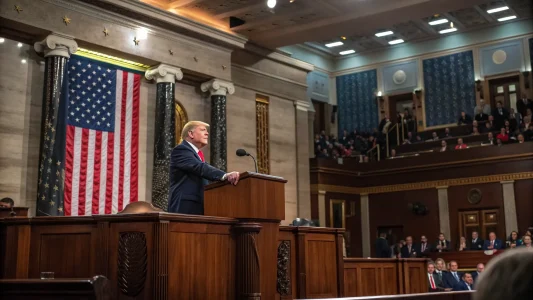In a groundbreaking development that has sent shockwaves through the dental community, a robot has completed the world’s first fully automated dental procedure on a human patient. This technological leap marks a significant milestone in dentistry and could potentially revolutionize how dental care is delivered.
Table of Contents
ToggleThe Man Behind the Machine: Edward Zuckerberg, yes, Zuck’s dad
Surprisingly, the driving force behind this innovative project is Edward Zuckerberg, father of Facebook founder Mark Zuckerberg. Edward, a seasoned dentist with an impressive 40-year career, has been funding the development of these robotic dentists. His involvement in this cutting-edge technology demonstrates a unique intersection between Silicon Valley innovation and traditional healthcare practices.
Promises of Efficiency and Speed
The company behind this robotic dentist is making bold claims about the future of dental procedures. They assert that soon, patients could have a crown replaced in as little as 15 minutes — a dramatic improvement over the current methods, which can take up to two hours. If these claims prove accurate, it would represent a significant leap in efficiency for dental practices worldwide.
However, it’s important to note that this technology is still in its early stages. As with any new medical advancement, there will likely be a period of refinement and adjustment before it becomes widely available to the public.
Potential Cost Implications
While faster dental procedures are undoubtedly appealing, questions arise regarding the potential cost implications for patients. Some argue that eliminating human labor should result in lower costs for dental visits. As one commentator humorously noted,
“I don’t want a robot pulling out my tooth and telling me anesthesia is an extra $1,000.”
This sentiment highlights the need for transparent pricing structures as robotic dentistry becomes more prevalent. Patients will likely expect the cost savings from automated procedures to be passed on to them rather than facing additional charges for what they might perceive as essential services.
The Human Touch vs. Robotic Precision
Despite the potential benefits of robotic dentistry, there are concerns about losing the human element in dental care. Many patients value human dentists’ empathy and personal touch, especially during potentially uncomfortable procedures. As one individual expressed:
“Honestly, I’d still prefer a soft human touch to be drilling into my mouth rather than some robot who might not care if I feel pain.”
This perspective underscores the importance of balancing technological advancement and patient comfort. As robotic dentistry evolves, developers must address these concerns and ensure that the technology can provide a level of care and comfort comparable to that of human dentists.
The Future of Dentistry: Promise or Peril?
The introduction of fully automated dental procedures represents a pivotal moment in dentistry. While the potential for increased efficiency and precision is exciting, it also raises important questions about the future of dental care. As one observer succinctly put it,
“This is either a really good idea or a really evil and bad idea.”
As this technology continues to develop, it will be crucial for dental professionals, ethicists, and regulatory bodies to work together to ensure that robotic dentistry enhances patient care without compromising safety or ethical standards. In the coming years, there will likely be intense debate and scrutiny as the dental community grapples with the implications of this revolutionary technology.
In conclusion, while the world’s first robotic dental procedure marks a significant milestone, it’s clear that there are still many questions to be answered and challenges to overcome before automated dentistry becomes a mainstream reality. As we move forward, it will be essential to carefully balance the benefits of technological advancement with the irreplaceable value of human care and expertise in dentistry.
Featured Image Credit: Photo by Daniel Frank; Pexels
















